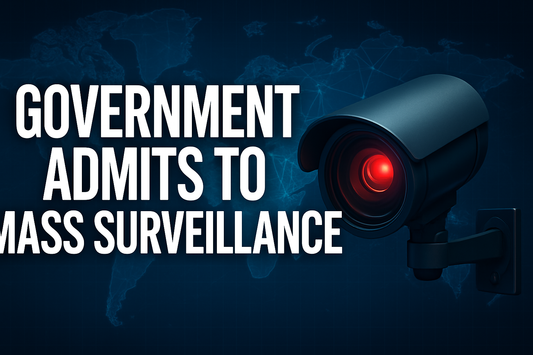Since its launch in 2016, Pokemon Go has taken the world by storm with its innovative augmented reality gameplay. However, alongside its massive success, there has been a parallel evolution of cheating methods, particularly through location spoofing. Let's delve into the intriguing history of cheating in Pokemon Go and how it has shaped the gaming landscape over the years.
The Early Days of Pokemon Go
When Pokemon Go first hit the scene, players were captivated by the idea of exploring the real world to catch Pokemon. Niantic, the game's developer, designed it to encourage outdoor activity and social interaction. However, it wasn't long before some players sought shortcuts to progress faster in the game.
Cheating Methods Emergence
One of the earliest cheating methods in Pokemon Go involved GPS spoofing, allowing players to manipulate their location and access areas they couldn't reach physically. This method quickly gained popularity among players looking to complete their Pokedex without leaving the comfort of their homes.
The Rise of Third-Party Tools
As the game evolved, so did the cheating techniques. Third-party tools like PGTools and iPogo emerged, offering players additional advantages such as real-time scanning of nearby Pokemon and gyms. These tools provided cheaters with an unfair advantage over legitimate players.
Niantic's Battle Against Cheating
To combat cheating, Niantic implemented various measures such as banning players caught using cheats or third-party software. However, the cat-and-mouse game continued, with cheaters finding new ways to bypass Niantic's security measures.
The Evolution of Location Spoofing
Location spoofing, the act of falsifying one's GPS location, became increasingly sophisticated over time. Players utilized tools like Magisk Root to cloak their location effectively, making it challenging for Niantic to detect and prevent cheating.
Cheating at Pokemon Go Events
Events like Pokemon Go Fest presented new opportunities for cheaters to exploit the game. By spoofing their location, players could participate in exclusive events without physically being present at the designated locations. This posed a significant challenge for Niantic in maintaining fair gameplay.
The Impact on Legitimate Players
For legitimate players, the presence of cheaters in Pokemon Go had a demoralizing effect. It undermined the spirit of fair competition and devalued the achievements of those who played by the rules. Many players called for stricter penalties to deter cheaters.
Niantic's Ongoing Efforts
Over the years, Niantic has continued to enhance its anti-cheat measures to maintain a level playing field for all players. From implementing machine learning algorithms to detect suspicious behavior to increasing the frequency of ban waves, Niantic has shown a commitment to fair gameplay.
The Ethical Dilemma
As technology advances and cheating methods become more sophisticated, the ethical dilemma surrounding cheating in Pokemon Go persists. Players are faced with the choice of taking shortcuts for personal gain or upholding the integrity of the game and fostering a sense of community.
Looking Ahead
As Pokemon Go enters a new era with advancements like the Google Pixel 4 XL's enhanced AR capabilities, the gaming landscape is set to evolve further. Niantic's ongoing battle against cheating and location spoofing will continue to shape the future of the game and redefine the boundaries of fair play.
Embracing Fair Play in Pokemon Go
As we reflect on the historical evolution of cheating in Pokemon Go and the prevalence of location spoofing, it becomes clear that the spirit of fair play is essential in preserving the integrity of the game. Let's commit to upholding the values of honesty and sportsmanship as we embark on our Pokemon Go journey.








